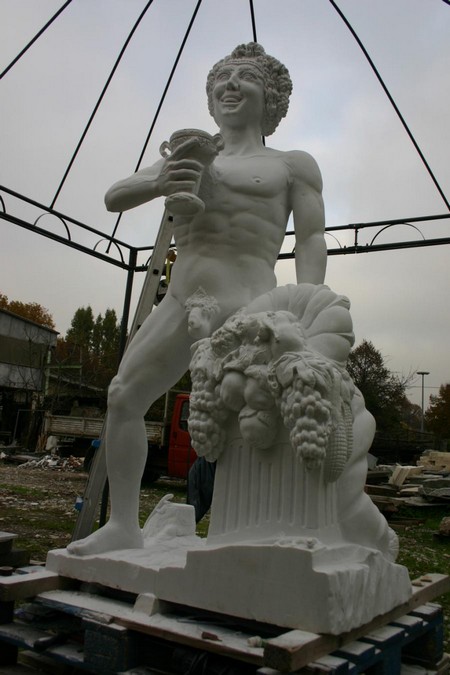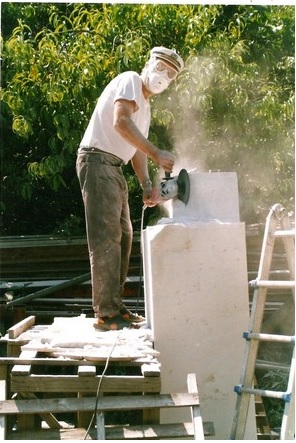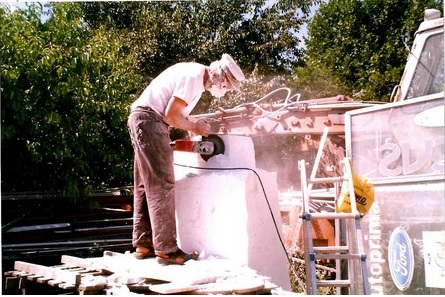On the art of sculpture

It seems now that the limits imposed by the formal concepts developed until the second half of the 800 on what objects can be considered works of art and what not, are definitely outweighed by encroachments of modern art.
Among trespassing and chaotic dynamics, even, at the bottom, something must remain to allow a distinction between works of art and series products. At the bottom will be a minimum of language between the artist and the viewer of art allowing both, notes emotional, imaginative exploration that lead the soul to the other side of '"arid true".
There is nowadays an overproduction of Artistic objects. The fields of modern art have become too large and so easy to follow, to have production times comparable to those of industrial production with all its dehumanization. So, the art, that always has the function to free the man from the alienation imposed by his condition to be temporary and fragile, in modern times become in production rates similar to industrial activity. While this was happening in every sector artistic, sculpture followed a reverse path. Here we talk about sculpture in Carrara sense of the term. The human being facing the stone block armed with tools "which removes the surplus" . Namely the sculptura; etymologically the art of obtaining figures in the round with a pointed tool, cutting or abrasive scratch, chip or cut hard materials. In Carrara the others, those who work the clay or wax for bronze castings, are considered modelers no sculptors.
It 'hard to convey a sense of awe, of disorientation, of total inadequacy that comes over me when armed to flexible, rasps, chisels and bribe, I am going to deal with blocks of marble statuary heavy tons. It is no question of technical capacity in three dimensions, but a deeply existential moment in which the sculptor compels the stone, hard, rough, inert, distant, totally disheartened, to some form of response. The resistance of the material is normally long and fierce. In this art, in sculptura, much more than in the other, is not allowed to make mistakes. At the risk of error is always present, plus the unpredictability of imperfection inside the block of marble. Michelangelo Buonarroti after long work and the age of eighty-three years, destroyed by hammering the piety of the cathedral of Florence having established that a dark stripe in the marble block was going to coincide with the face of the Madonna disfiguring it inexorably.
But ...... …..when the feets of the Nymph emerge from crystalline marble, when matter stressed consistently, as in Bacchus, responds alive with a smile, the feeling is that i touched the luminico point of transcendence.




